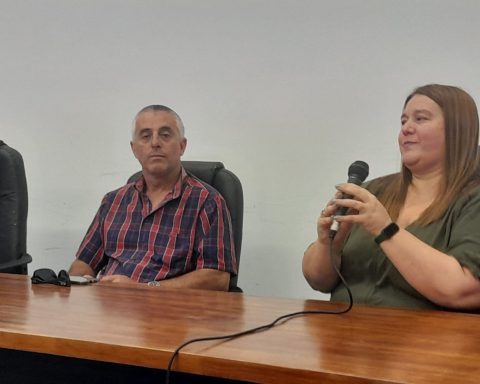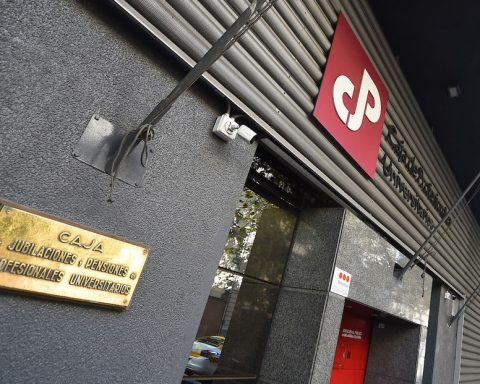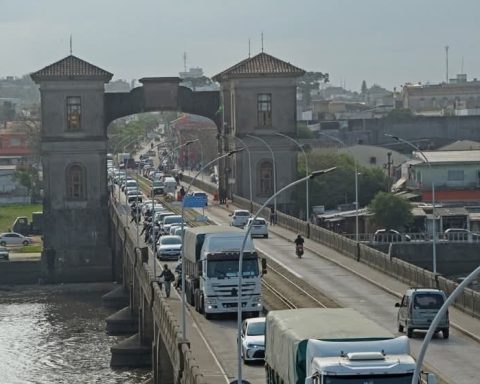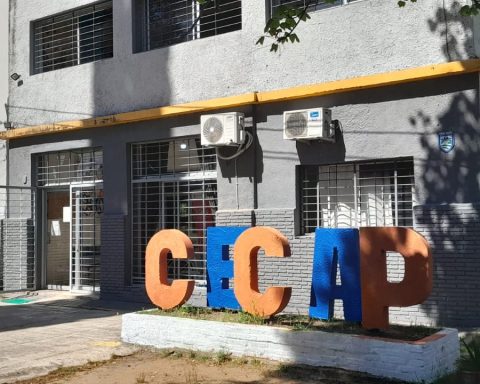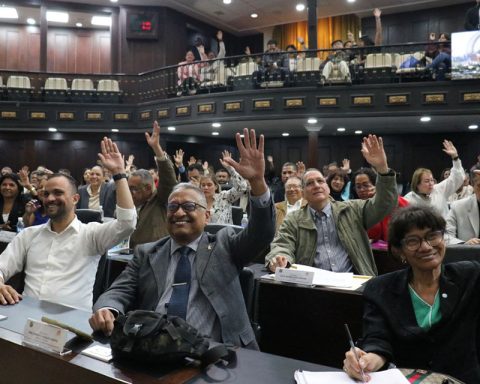He Silicon Valley Bank It went bankrupt in just two days. the fall of technology bank overshadowed the closure of another US entity: the SignatureBank. He Credit Suisse it had been trailing losses in recent years and faltered until it was rescued. In the midst of these turbulences, the actions of the Deutsche Bank, another one with problems for a long time, fell sharply and raised doubts about the continuity of the German bank. The financial world received a strong shock and dark clouds appeared on the horizon of international banking. Uruguay looked at the stage carefully and without sudden reactions. But the questions were raised: How solid is the Uruguayan financial system? How much can international turbulence affect you?
March was a different month for international banking. Although many of the banks had had problems for some time, it was in that month that they were exposed.
Between Thursday the 9th and Friday the 10th of March the Silicon Valley Bank collapsed. The bank had placed US$ 20,000 million in securities to face a sharp fall in deposits. But that was quickly detected by investors who began to doubt its strength and reacted quickly: they got rid of it. shares of the bank for US$ 10,000 million. The shock was felt and the bank’s market value, which previously stood at US$44 billion, fell below US$7 billion. On March 10 I was broke; in a single day the clients requested withdrawals for US$ 42,000 million.

AFP
Silicon Valley Bank
About the end of the month, the First Citizen Bankheadquartered in North Carolina, acquired all of Silicon Valley’s loans and deposits, and doubled in size.
All the commotion that caused its fall left Signature Bank in the background of the news. The New York Bank cryptocurrency lending leader, lost position after the authorities warned that the stability of the financial system was in danger if the bank remained open. On the same Friday, March 10, customers quickly withdrew their deposits and the bank’s shares fell 25%. Sunday March 12 closed.
Credit Suisse had problems years ago that have worsened in recent times. In 2021 it lost more than US$1.7 billion and in 2022 the losses reached US$7.7 billion. This balance sheet imbalance was accompanied by deposit withdrawals. Only last year he had withdrawals of US $ 132,000 million.
All of that also exploded in March. When the collapse could no longer be stopped, negotiations began in the Swiss banking system to try to bail out credit suisse. The bank had to accept before collapsing that its main rival, the UBSacquire it for US$ 3,240 million.
At the end of March, the United States Senate Finance Committee released the results of a two-year investigation showing that the Swiss bank had been complicit in a “massive and ongoing conspiracy” to helping wealthy US citizens evade taxes.
Deutsche Bank was the fourth bank to experience fluctuations in the second half of March. Shares of the German bank fell more than 14% in the Frankfurt Stock Exchange that month and that attracted attention. At the end of 2022, it had 1.3 trillion euros in assets and that placed it as the eighth European bank. And it is precisely that potential that has generated fear in the global financial system; that is, its fall, if it occurs, would generate too strong an impact.European banks came out to support Deutsche Bank knowing what its collapse would mean.
Possible rebound in Uruguay
From Uruguay, what was happening in the United States and Europe was carefully observed. The partner of Cibils Soto Consultores, Marcos Soto said to The Observer that the falls for Silicon Valley Bank, Credit Suisse and Deutsche Bank were different but significant. “It is true that there was a violent change of context for the financial industry, but it is also true that there is responsibility in the management of institutions,” he said.
“Never say never and never say always. That is a general principle in risk assessment.. The systems seem strong and solid until an event upsets a token that has a domino effect because it exposes vulnerabilities that are not mapped,” Soto said.
He clarified that unlike the financial crisis of 2008, currently “there are no incidents involving toxic assets that spread a bomb in the system.”
Referring to Uruguay, he explained that the local banking system is limited risksince it has a lack of developed capital market, nor a relevant number of banks of different sizes and origins.
The executive director of the Association of Private Banks (ABPU), Barbara Mainzerargued that Uruguay has a solid financial system with top-tier banks and no exposure to those who are in trouble.

Diego Battiste
Barbara Mainzer
“They have a capital that practically doubles that required by the regulation and the stress tests carried out by the central bank (BCU) show that they are prepared to withstand strong shocks. It is also important to note that this is not 2002 nor is it 2008”, he mentioned. Mainzer supplemented that private banks in Uruguay have assets of more than US$ 2,000 million and a capital that represents 1.9 times the amount requested.
Soto commented that at the local level it could only generate some nervousness that some of the banks that operate in the market had some problem at the international level, something that is not mapped on the horizon. “But even so they operate regulated by the Central Bank. Therefore, today we have a limited risk system, with few players and with appropriate regulation, ”he said.
Mainzer pointed out that Uruguay is an open economy with free capital mobility in an increasingly interconnected world and, in this sense, what happens in the rest of the world influences Uruguay. Despite this, he specified that “this is not a banking crisis, but a crisis of some banks that affected others that had been experiencing different types of difficulties.”
